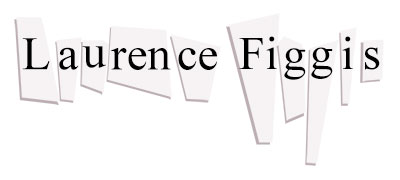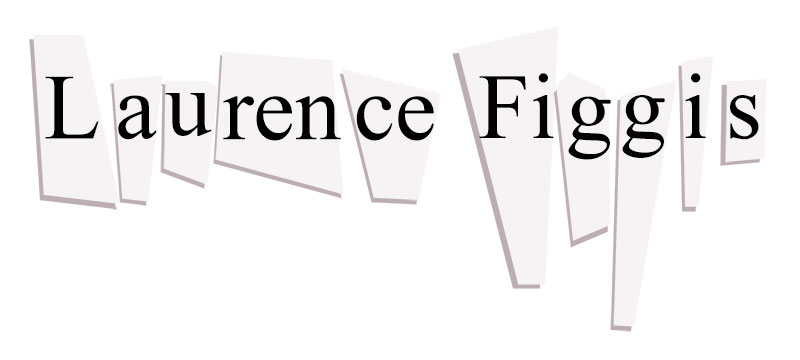Iain Hetherington
Iain Hetherington’s advance press release for his solo show at the Glasgow Project Room was a tissue of facetious allusions. Describing his latest works as ‘portraits’, he undercut the humanist associations of that category with a punning reference to the language of market research. The works, he insisted ‘are not portraits in the traditional sense of “a good likeness” etc, but are instead misrepresentations of notional audiences, target audiences of the fictional type demanded by official cultural policy.’
The cynical tone is familiar from fanzines that the artist continues to produce in collaboration with Alex Pollard such as Mainstream and Radical Vans and Carriages – lampoons of the art world and New Labour social policies. But Hetherington’s paintings and wall-mounted assemblages could scarcely be described as institutional in style. The use of scrap materials related to studio practice such as nails, canvas, and bare wood stretchers – gives them an acetic somewhat rustic quality, punctuated here and there by zany elements like joke-shop eyes. A visceral absorption in Synthetic Cubism is also very evident. The forms are ostensibly prosaic, with rough-cut edges, and an incidental punk-like ornamentation of staples and hanging fixtures. Their beauty, where it arises, comes from a sense of balance in their compositions (which prove on close inspection to be quite graceful), a delicate manipulation of paint, and an ability to realise multi-layered statements through the most economical of means.
In Palette, a starkly enchanting piece, the blobs and smears depicting roughly-mixed hues on a ceramic dish have settled into a drifting impression of humanity. The illusion is just enough to evoke an uncanny (if anonymous) spectre, grinning appealingly at the viewer. The title of another work, The Flattening of Difference embodies an unthinkable marriage – that of Greenberg/Fried formalist debates with feminist/postcolonial terminology. The piece in question merges abstract gender symbols (of the sort seen in trendy washrooms) with a disabled sign to form a catch-all notional “other”, half concealed by the curving arm of a botched stretcher frame.
In Flowers the figure/ground relations of nerdy formalist discourse are more whimsically evoked, this time in the form of a conciliatory bouquet. The heads of cheap plastic flowers have been supplanted with a set of (rather lovely) canvas petals; the fabric may have come from the missing cover of the bare stretcher which forms their window-like backdrop. In M.F.O.L.O.F.1 a set of ready-bought stretchers are collaged to form the loose relief “drawing” of a cubist figure, a propelling-pen bound with electrician-tape to one of its arms.
As can be gathered from the above description, few of the objects satisfy the conventional notion of a portrait, and those that achieve the closest resemblance to a human face or figure do so by a hair’s breadth of association, often through the addition of blatant (and incongruous) visual props.
The paintings on newspaper such as Two Portraits are, like much of Hetherington’s work, made to impersonate throw-away studio detritus – in this case a rag on which a painter might have daubed his loaded brush prior to making a mark on a canvas. Without the plastic googly eyes that peer from the midst of these lurid abstract masses they could not be perceived as heads. However, though the eyes are essential to the figurative recognition of the image, they are not integral to the painting; they are, in Hetherington’s own words, ‘part of the frame’. That is to say that the eyes are not collaged on the painting’s surface, but fastened to the wall behind the newspaper as though staring through the strategically-cut holes (giving the painting itself the look of an ineffectual mask or screen). In Blind the eyes beyond the painted mask are sightless orbs, the artist having extracted a set of “googlies” from their plastic casings leaving only the hollow whites. The affect is more brutal than comic despite the cartoony register of this deftly mutilated trope.
Overall the social commentary threatened by Hetherington’s verbal statement, along with pernicious references to ‘official cultural policy’, prove to be obscure – often cryptically immersed in a behind-the-scenes take on classical modernist processes. The critic Donald Kuspit has argued that art craves banality almost masochistically, perhaps as a means of intensifying its own rigour. It is a considerable feat on Hetherington’s part that while drawing the hood of banality tightly over his heated gaze, he escapes its potentially enervating influence. A constant alertness to both the acute structures of visual illusion and their psychological affects shiver at the heart of these sardonic references to mendacious (political) representations, imbuing them with both an oblique humanity and an ultimately seductive brilliance.
This review was originally published in UNTITLED no. 39 (Autumn 2006). Click HERE to find out more about Iain Hetherington’s work.

